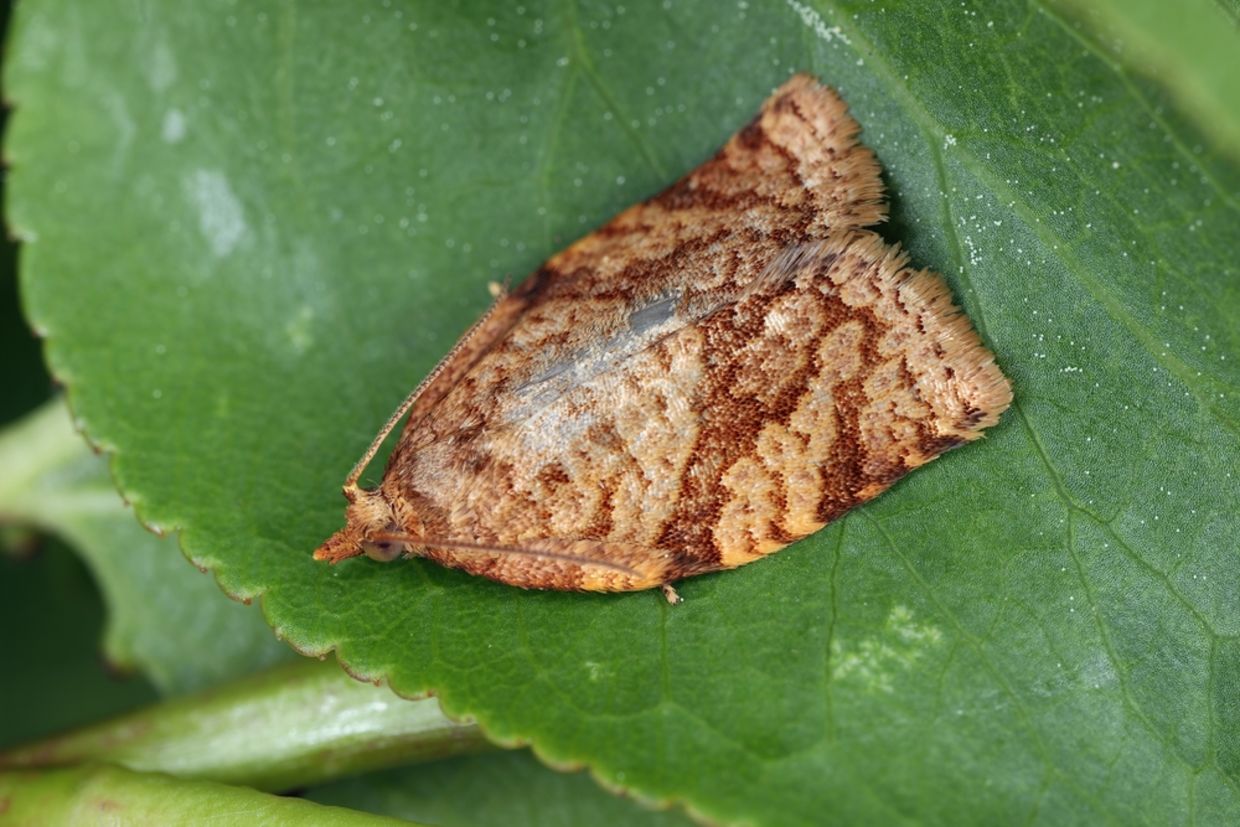Discover the hidden world of plant sounds.
Aug 5, 2025

(Tomasz Klejdysz / Shutterstock.com)
A still forest, far from the hustle and bustle of city life, is perceived as serene and quiet. Perk up your ears and you may hear no more than wind softly rustling leaves and the gentle buzz of insects.
However, groundbreaking findings indicate nature isn’t so quiet after all. Not only does vegetation make sounds beyond the human range of hearing, CNN reported, but small critters “eavesdrop” on this “silent” clamor and adapt behavior based on these noises.
Talking Plants
In a major discovery, researchers in Israel have documented that insects can hear and interpret acoustic signals from plants under stress.
The findings show us a bigger picture into the interactions of the plant and animal world. The research team previously recorded sounds from tomato and tobacco plants that were dehydrated. The noise created was a result of changes in the plant’s water balance.
During periods where the plants lack water, air bubbles form, expand and collapse in xylem tissues, which are responsible for distributing water from the roots. This produces vibrations and click-like sounds.
Cotton Leafworm Moths Listen In
In the study published in eLife, scientists from Tel Aviv University conducted a series of experiments where they observed Egyptian cotton leafworm moths detecting ultrasonic signals emitted by drought-stressed tomato plants. These subtle sounds help female moths choose where to lay their eggs.
In one experiment, when there were no plants present, the female moths preferred the side of the arena where the sounds of stressed plants were played. This suggests that the moths may have associated the sound with the presence of vegetation.
However, when healthy plants were placed on two sides, where only one played the sound of distressed plant clicks, the moths chose to lay their eggs on the silent side.
As part of the research, when the moths’ sense of hearing was removed, they no longer showed a preference for where to lay their eggs. This suggests that sound plays a key role when it comes to moths choosing the best environment for their offspring.
The Tip of the Iceberg
The new discovery sheds light on the possibility of this invisible ecosystem, the BBC reported. “This is the first demonstration ever of an animal responding to sounds produced by a plant,” Professor Yossi Yovel of Tel Aviv University told the BBC.
“This is speculation at this stage, but it could be that all sorts of animals will make decisions based on the sounds they hear from plants, such as whether to pollinate or hide inside them or eat the plant,” Yovel added. “You can think that there could be many complicated interactions, and this is the first step.”
According to CNN, Rya Seltzer, lead study author and an entomologist and doctoral student in the department of zoology at Tel Aviv University in Israel, believes this is only the beginning of discoveries in the field. “There are countless organisms that can hear in these frequencies, and potentially many more plant sounds we haven’t discovered yet. This is definitely just the tip of the iceberg,” Seltzer tells CNN.
The “secret lives” of plants and moths aren’t just fascinating. They may also have real-world applications. As scientists continue to tune in, much may still be waiting to be discovered, just beyond our perception.
YOU MIGHT ALSO LIKE:
Listen to Nature’s Chorus
Scientists Discover the Language of Plants
Orangutans Use Healing Plants

ADINA ROSEN,
CONTRIBUTER
Adina is a writer who believes in the transformative power of words. She understands that everyone has a valuable story to tell. Adina’s goal is to learn new things every day and share her discoveries with others.